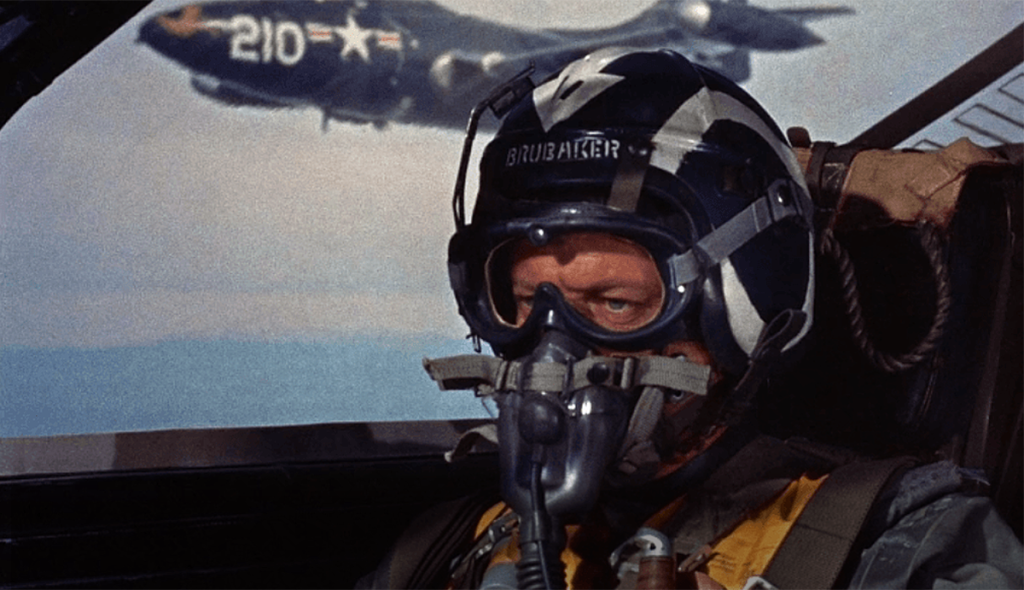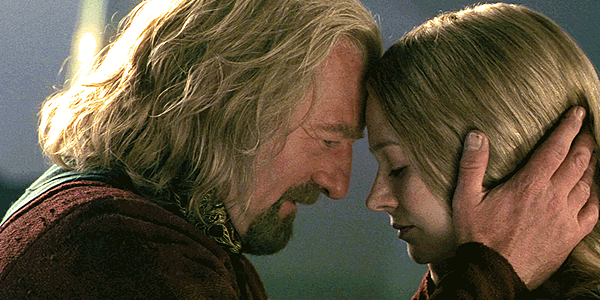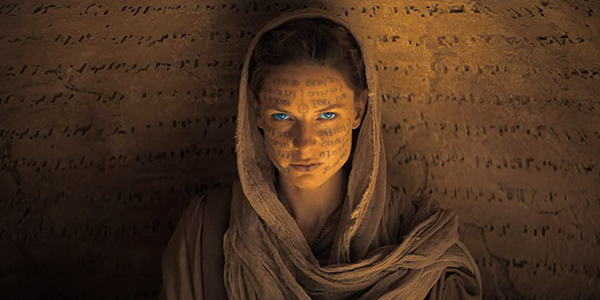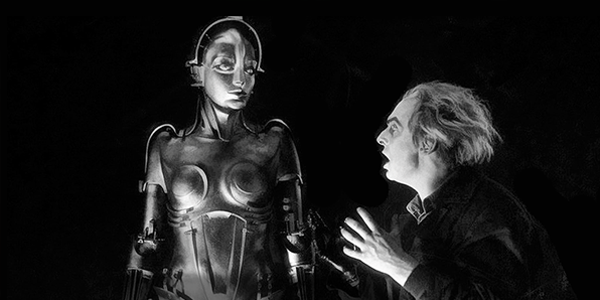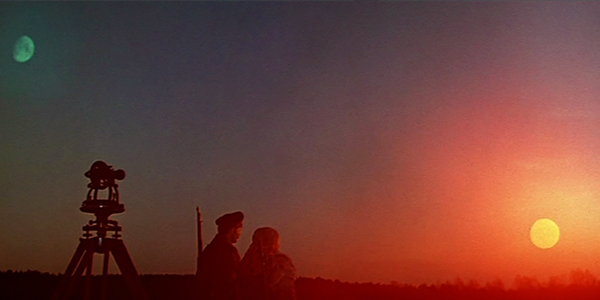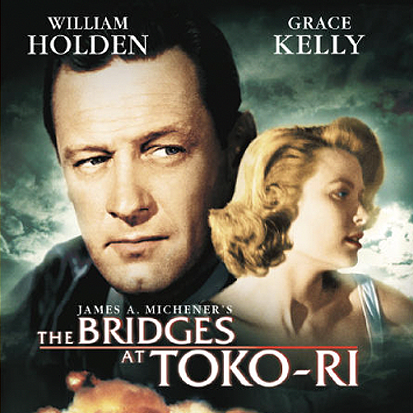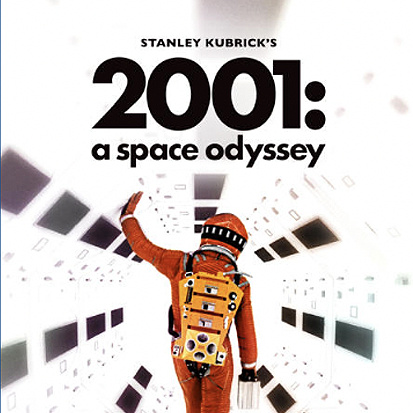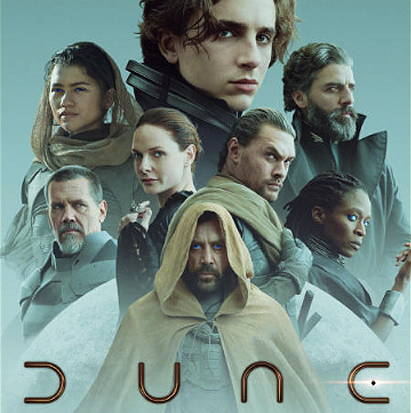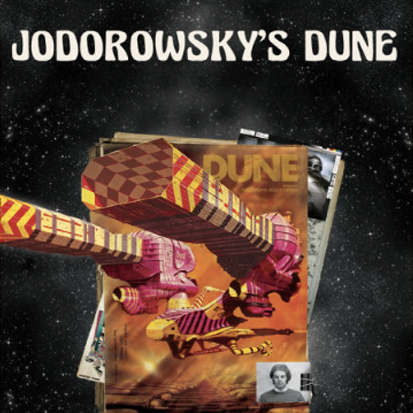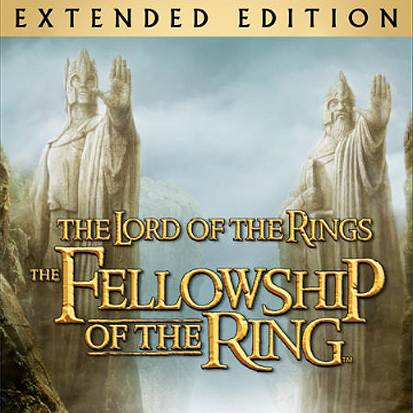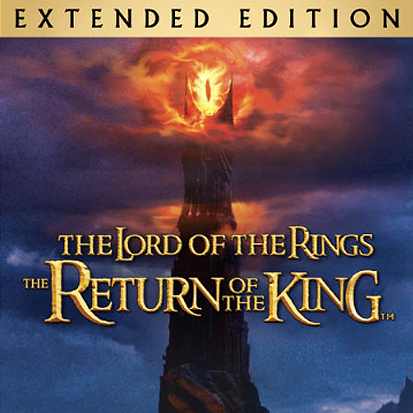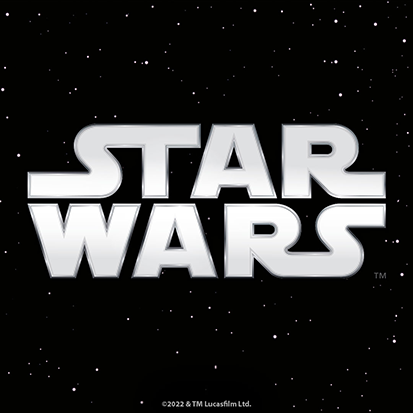related articles
Sign up for our monthly newsletter
to stay up to date on Cineluxe
A mélange of WWII movies, classic sci-fi, and hero mythology rounds out this survey of seminal influences
by Dennis Burger
updated April 28, 2022
If you wanted, you could spend years watching the westerns and samurai flicks that influenced Star Wars in one way or another, but there are other essential elements of this pop-culture collage we can’t overlook, namely World War II movies. In editing the film’s final space battle, Lucas famously cut together footage from old war pictures to inspire the special effects team at Industrial Light & Magic, specifically to give them the sense of pacing and movement he was looking for in the dogfights. He later spliced these scenes into the movie’s working print to serve as animatics and editing placeholders. If you’d like to see some of the films he used, I would recommend The Dam Busters (which was a huge inspiration for the trench-run attack on the Death Star) as well as The Bridges at Toko-Ri and 633 Squadron.
These can be tough to find in good quality, but The Bridges at Toko-Ri is available on Kaleidescape (in standard-definition only, sadly) and you can find 633 Squadron for rent on most digital platforms like Amazon and iTunes. It hasn’t always been an easy film for American audiences to access The Dam Busters in acceptable quality but a new Blu-ray release last year rectified that.
For a fun look at the parallels, check out this YouTube video mashup of the imagery from 633 Squadron combined with the soundtrack of Star Wars (and ignore the needless potshots at The Dam Busters—it’s still a relevant influence).
To fully understand the roots of Star Wars, you also need to consider the influence of classic science-fiction. Again, Star Wars is decidedly not sci-fi, but it certainly looks like it in places.
And to understand where Lucas got the inspiration to attempt space battles the likes of which no one had ever seen onscreen before, look to Stanley Kubrick’s 2001: A Space Odyssey. In that film, Kubrick practically redefined what was possible with special effects, and Lucas would go on to borrow many of the technicians who made those effects possible. Stuart Freeborn, who created the hominid creatures at the beginning of 2001, would go on to create Chewbacca, as well as many of the creatures found in the Mos Eisley cantina (as well as Yoda in The Empire Strikes Back). Lucas also attempted to hire 2001‘s effects supervisor Douglas Trumbull but Trumbull turned him down, likely due to his commitment to work on Alejandro Jodorowsky’s ill-fated adaptation of Dune.
To experience 2001 in its best form, I can’t recommend the Kaleidescape 4K HDR release highly enough. The film is also available on most digital retailers in 4K but the highly detailed cinematography really deserves the pixel-perfect transfer available on Kaleidescape.
Speaking of Dune, we can’t overlook the influence that sci-fi epic had on Star Wars. The similarities are striking. Desert planet? Check. Fascist galactic emperor? Check. Youthful chosen one with magical abilities? Check. Hell, Star Wars even calls its elicit substances “spice” as an homage to Dune. Of course, it bears repeating, Star Wars is not science fiction, and it could not be narratively or thematically more different from Dune. But Lucas certainly stole elements from the original novel where he saw fit. And there’s also reason to suspect he was, in some ways, influenced by the mid-’70s film adaptation of Dune that never got made.
Check out the excellent 2013 documentary Jodorowsky’s Dune for more details on this, but the short story is that Jodorowsky created a massive illustrated bible and script for his adaptation that was shopped around to every major studio in Hollywood in an attempt to secure the last $5 million needed to flesh out his budget. He failed in that respect and the film never got made, but you can see elements of his storyboards and designs in everything from Alien to Prometheus to Mike Hodges’ 1980 Flash Gordon film to, yes, Star Wars.
Whatever you do, please avoid at all costs David Lynch’s 1984 adaptation of Dune (which, by the way, he directed after turning down the chance to helm Return of the Jedi). Skip instead to Denis Villeneuve’s new adaptation from 2021, which does its best to hide many of the parallels with Star Wars, out of fear I suppose that some would see it as a ripoff instead of a new adaptation of source material Lucas himself ripped off. Admittedly, this is all starting to turn into a bit of an ouroboros, but if you’re not up for reading the novel, Villeneuve’s Dune is a great way to explore some of the inspiration behind Star Wars, even if indirectly.
Two last influences you can’t overlook if you want to understand Star Wars (more from a storytelling than cinematic point of view) are the works of Joseph Campbell and J.R.R. Tolkien. The Lord of the Rings was not, of course, adapted to film until well after Star Wars was made but the book certainly had a powerful influence on young George Lucas, which you can see in the numerous parallels between them. Consider, for example, the similarities between the overall narrative arc of Fellowship of the Ring and A New Hope: Young lad raised by a relative (second cousin once removed in one work, uncle in the other) befriends a mysterious wizard and goes on a quest to defeat evil. You can also see direct correlations between specific scenes, such as the sacrifice of Gandalf/Obi-wan so the young lad and his party can escape. And if you want to extend this to the entire trilogy, there are even more similarities. Compare, for example, the death of Anakin Skywalker in Return of the Jedi to the death of Théoden in Return of the King.
While Lucas only had the original book as inspiration, we of course have Peter Jackson’s epic cinematic trilogy to enjoy (which, coincidentally, was itself inspired in parts by Star Wars). You can read more about that adaptation here.
Lastly, you can largely thank Joseph Campbell for Lucas’s ability to look at all of these disparate works of inspiration and pull from them exactly the right elements he needed to craft something that felt new and fresh while also being evocative. Joseph Campbell and the Power of Myth is a fantastic PBS series from 1998 that explores the author’s work on mythology, namely the common elements of all myths and how they serve as metaphor for the human experience. You can purchase all six episodes of the interview series on Amazon, but if you’re itching for some deeper reading, I also recommend Campbell’s seminal The Hero with a Thousand Faces. Without this book, there would be no Star Wars as we know it today. And if you need proof of that, just check out J. W. Rinzler’s comic book series The Star Wars, a graphic-novel adaptation of one of the last drafts of the original film before Lucas discovered Campbell’s work and transformed his own story to fit the template of the monomyth. It was between this draft and the final script that Star Wars would transform from light science-fiction into epic fantasy, and the differences—narratively, symbolically, and thematically—couldn’t be starker.
Dennis Burger is an avid Star Wars scholar, Tolkien fanatic, and Corvette enthusiast who somehow also manages to find time for technological passions including high-end audio, home automation, and video gaming. He lives in the armpit of Alabama with his wife Bethany and their four-legged child Bruno, a 75-pound American Staffordshire Terrier who thinks he’s a Pomeranian.
© 2023 Cineluxe LLC


